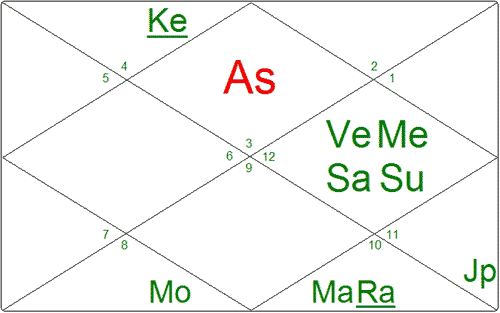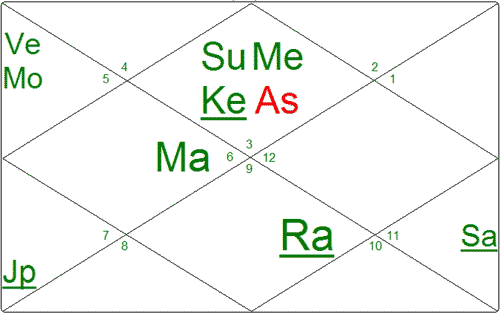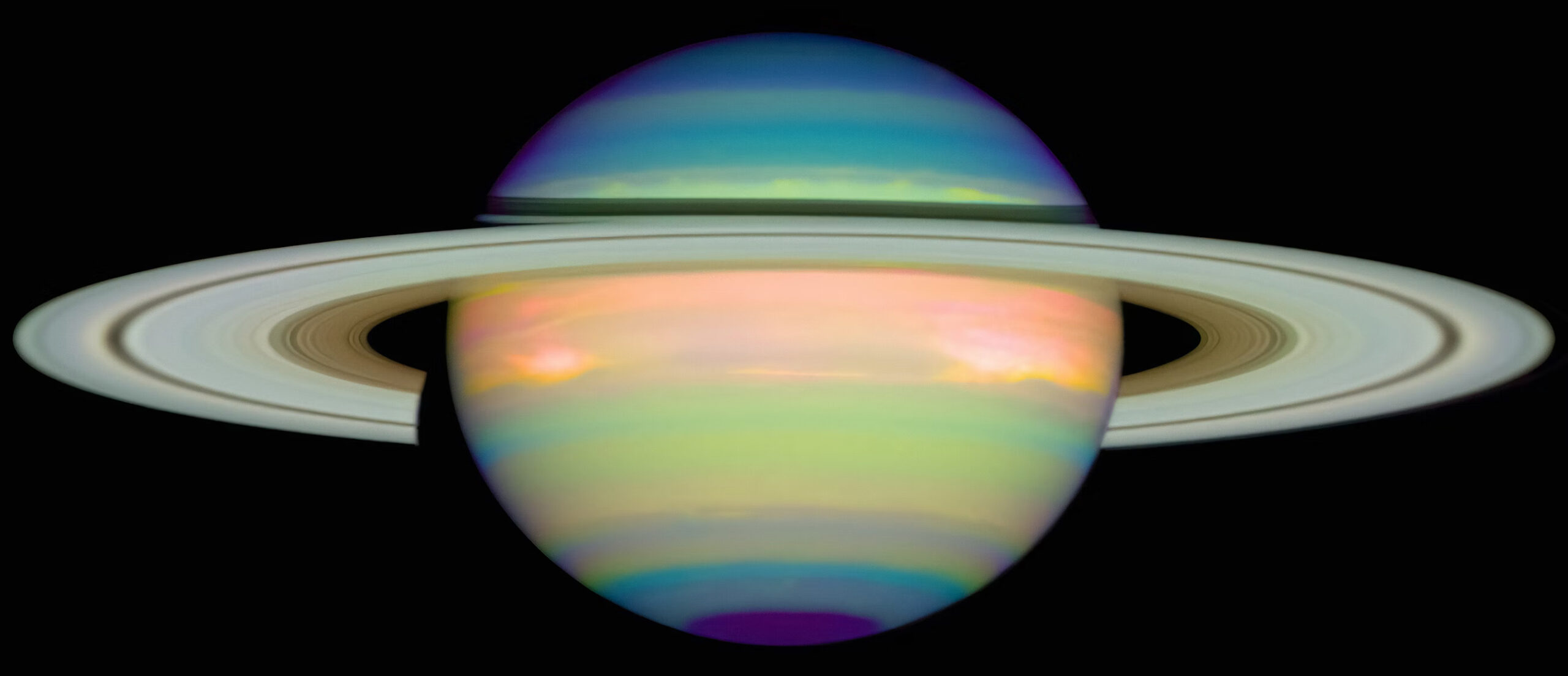Spring | Summer | Fall | Winter | |
2025 | Volume 67 |
| Volume 65 | Volume 66 |
Volume 4, March 20 2009
The Spring Sky 2009
This newsletter completes the first year cycle of four editions occurring on the solstices and the equinoxes. The phenomenon of the equinox was discussed in the fall newsletter. The spring equinox occurs this year on March 20th at 7:44 AM and is the time when the Sun (defining the ecliptic) continues its northerly course and crosses the equator. It continues to rise higher and higher in the sky culminating once again at the summer solstice. It is celebrated as the first day of spring and is ritualized the world over.
The sky watchers among you might enjoy some guidelines on when to check out some of the more visible planets and constellations this spring. Through the month of March, Saturn is at its absolutely brightest and will continue to be observable until around mid June.
Venus will be the "star" of a rare event which happens only once every eight years. It will be seen as both the morning and evening star for a few days with the best viewing on the 25th of March. After that, it will disappear from the evening sky and be visible as the morning star through the rest of 2009.
Mercury is a very difficult planet to see and when it is visible, it is most easily seen at twilight. The very best time to view it this year will be starting mid April through early May with the clearest sighting during the last week in April.
One of the prettiest sights this spring will be on the 21st of May when Mars, Venus and the crescent Moon will be on the Eastern horizon before dawn forming a luminous triangle.
I hope this information will inspire you to get out and do some star gazing this spring.
Spontaneous Knowingness
The Jyotisha IQ
Wisdom, "spontaneous knowingness", intuition and discernment are all hallmarks of prominent people in all the wisdom traditions of the world. The special moments of "aha" are common to the author, the painter, the businessman, the mathematician as well as to exalted spiritual masters though the frequency, intensity and recognition of these moments may vary.
Where in a chart do we read the qualities of wisdom? Many think that the Moon plays a major role in intuition. However, qualities of intelligence represented by the Moon are much more of a somatic based nature. The Moon represents what the tradition calls "manas" which is the sensory, experiencing mind. It is responsible for balance, homeostasis, processing sensory input as it comes into the organ of the mind. It is also the level of feelings and emotions which some people think of as intuition but is more driven by fluctuating cycles of raga and dvesha (desires or attachments and aversions). A very settled and refined manas supports intuition but the latter is indicated elsewhere in the chart.
True intuition is linked to the quietest level of the mind where the water is "pure and still" unruffled by the winds of emotions - whether positive or negative. It is the lamp that does not flicker in a windless place. How then do we read wisdom, discernment and intuition in a chart? The seat of discernment is the buddhi - that discriminating faculty of the inner organ of the mind and the bhava that represents it is the 5th house. The planets that are important in understanding the nature and quality of the discernment of an individual are Mercury which directly represents the buddhi and Jupiter which represents deep knowledge and the spontaneous level of knowingness that comes from linking into the source. When the ego, the manas and the buddhi are powerfully aligned with sattvic influences, the person is more and more inclined in the direction of discernment which spontaneously reflects wisdom at the finest levels of creation and therefore thought and action in line with natural law.
Let's consider the chart of Albert Einstein, certainly renowned for his discernment and spontaneous cognition of the subtlest universal truths about the structure of reality from the lens of physics.

If you consider the Moon to be the key for intuition, you are in big trouble in this chart as the Moon is debilitated in the 6th house unaspected by any graha. Mercury too seems problematic as it is also debilitated. These two facts have led some misguided jyotishis to conclude that the birth time must be wrong. How could Einstein have a debilitated Moon, debilitated Mercury AND since it is a Gemini chart, a debilitated chart lord??
If we recall that the seat of discernment is the 5th house, then the 5th house and its lord are the key ingredients. Mercury as karaka for intellect counts much less than the house and lord in analyzing this faculty. The 5th house is unoccupied and aspected by Jupiter and only Jupiter. The 5th lord is exalted at the mid heaven and forming multiple yogas including a Malavya Yoga and the huge maharaja yoga of the 5th and 9th lords joined together in the most active of the kendra houses that also symbolizes space and sky. Turning the attention back to Mercury, though it is weak, it also participates in many yogas and has some classic modifications to its debilitation known as Nica Bhanga Yogas.

Another beautiful Gemini chart illustrating this point is that of the Dalai Lama. Note here that Mercury has double strength in the lagna as it is both in its own rashi and has directional strength or digbala. It is aspected by a powerful (retrograde) Jupiter who is likewise gracing the 5th house. It may look like Venus is an issue as it is aspected by such a powerful Saturn but in fact, Venus and Saturn are again forming the same maharaja yoga that we saw in Einstein's chart bringing renown and preeminence to that very faculty of wisdom and understanding that comes forward when the lords of these two houses interconnect.
These are but two examples of the many that can be shown supporting the all important role of the 5th house, its lord, Jupiter and Mercury for the deep wisdom and discernment that underlies genius and spontaneous cognition of universal truths.
The Path Into Shastra:
Part I The Oral Tradition
Note: This is the first of a series of articles explaining how the root works of the Vedic tradition including Jyotisha and Ayur Veda are organized. These principles will be a great help in starting to unlock the wisdom that is literally encoded in these texts.
One of the most successful imports into Western mainstream culture has been pieces of the path to liberation as preserved by the Vedic tradition. In our typical Western way, however, we have morphed it into a hybrid that somewhat resembles the original but divorced from its source, does not deliver the goods. Just as almost every shopping center has its Taco Bell and Round Table Pizza - America's corporate attempt at Mexican and Italian food - also present will be a yoga studio of one variety or another. Like Taco Bell, there will be enough of a flavor to make a newcomer feel on the program but in reality offers little in the way of a true understanding of the darshana of yoga as taught by Maharishi Patanjali. What is true in this regard for the wisdom of the yoga darshana is likewise true for Ayur Veda and Jyotisha among other teachings of India.
One of the stumbling blocks for a more authentic integration of the ancient knowledge is the mode of learning in the two cultures. In the West, the written word is not just the preferred method, it is king. If a teacher is speaking and there is a slide on the screen, there is no question about where the attention of the class will be focused. In the Indian tradition, it is all about cultivation of judgment which requires the live interaction of guru and shishya - teacher and student. Central precepts in the form originally of memorized and orally transmitted verses (later recorded as the root texts) were expounded, expanded and elucidated by the guru who could first hand evaluate the progress and understanding in addition to being the wellspring of shakti that drives transcendental wisdom into the heart and mind of the shishya. Unfortunately in the absence of the teacher, no shastra or text can inform the student if they have properly understood. The role of the guru is so central, there was never the intention that the texts would be studied without the teacher. In fact, the texts are written in a terse and abbreviated style in reverence to the eternal triangle that was and is the heart of the Vedic Sampradaya - guru, shishya and shastra.
Another obvious issue is the language barrier. It is, for all practical purposes, impossible to effectively translate abstract principles into a language and culture that has no previous experience with these notions. The attempts at coming up with a single English word or even a phrase to define subtle and rich Sanskrit words such as karma, dharma, yoga etc. is almost ludicrous and leads to constant misunderstanding or at best, simplification. A good analogy might be a person coming to the North Pole and using the word snow to a group of natives who have a myriad of detailed and sophisticated expressions that take into account all the variations on that white stuff that is so impactful in their lives. Here again, the need for a teacher is critical. I have often heard mine say that you can not translate these texts, you can only explain them.
All of this may sound discouraging to sincere Western seekers who would like to access this eternal knowledge from the source texts and have some guidelines for understanding how they are organized. In dealing with dense philosophical and religious works, scholars have identified that there are underlying principles that reveal the structure and sequence of information in such texts. These are known by the rather academic name of principles of exegesis. In the Vedic Sampradaya, there are six such principles that shed a powerful beam of light into an otherwise maze of verses that boggle the minds of those who make an attempt to read the root works of whatever aspect of this tradition that may be of interest. These principles will be the subject of the next articles in this series.
The Media Corner
The Elegant Universe by Brian Greene
The Elegant Universe is available in print or on video/DVD. You may be able to get the video at your local library, purchase it or view it for free online at: www.pbs.org
Until a few centuries ago, astrology and astronomy were one and the same. Even Sir Isaac Newton, who discovered the laws of motion that describe the movement of the planets very accurately, regarded astrology as his primary motivation for exploring gravity and motion. Now, although astrology and cosmology have gone their separate ways, the grand story of the nature of time and space continues to evolve.
In our time, we often embed these new perceptions and instincts about the nature of the cosmos in the equations of physics. This mathematical language of reality describes our knowledge in abstract ways that are no less wondrous than the old myths that have always carried our beliefs and perceptions. And the advances in physics in recent decades are indeed quite incredible.
The story of the growth of our knowledge of physical reality over the last century is told with clarity, energy and humor by physicist Brian Greene in his Pulitzer Prize finalist book "The Elegant Universe" and his more recent work, "The Fabric of the Cosmos." Both are "compulsively readable," as one reviewer put it. The books have the same flavor of human drama and intellectual adventure that one finds in "The Da Vinci Code" (with a considerably less frenetic pace). Greene is an eminent physicist deeply involved in his subject matter. He is also a gifted story teller. His excitement and sense of wonder about the astounding and totally unanticipated discoveries of the last 100 years are contagious and keep the books moving along.
As if that were not enough, Greene is also a terrific TV personality, the narrator and central figure of a three-hour NOVA presentation of "The Elegant Universe" on PBS a few years ago. The video or DVD from this series contains wonderfully clear and often amusing visual images and animations of modern physical ideas about the cosmos, as well as common-sense interviews with many of the physicists who originally discovered all this. As you might expect, the video is even more approachable than the books. As in the two books, Greene manages to tell a very clear and comprehensible story without using any mathematics at all. For those who miss the math, he has provided some of it in the extensive footnotes at the end of both books.
Many of the new developments in physics have come about as a result of looking at extremes of space and time well beyond the human range of experience. Greene starts with Newton, whose perspective was distinctly human, and shows how Einstein thought through the ways you would have to revise Newton's theories if you imagine that you are traveling at nearly the speed of light. The revolutionary result was special relativity, in which space and time are unified as four-dimensional space-time. The next step, also Einstein's, was to extend relativity to extremely large distances and masses--the universe, in fact--where the dominant role is played by gravity. The result was a second revolution, general relativity, involving a rethinking of what gravity really is.
At about the same time, other physicists were examining the other end of the spectrum--extremely small distances, masses and times--and found a world completely at odds with Einstein's and our own experience. Instead of smoothness and certainty, they found chaotic turbulence and uncertainty in the mysterious world of quantum mechanics. This dramatic and unresolved contrast (or even conflict) in models of the very big and the very small played out over the next half-century as physicists continued exploring the extremely large and massive (the starlight that travels billions of years before reaching us, and the expansion of the universe) and the extremely small and dense (the center of the very early universe, where perhaps time starts, and the center of a black hole, where perhaps time stops, both a billionth of a billionth of a centimeter).
Today these two incompatible perspectives, relativity and quantum mechanics, may be approaching reconciliation and unification in the context of superstring theory and its offspring, M-theory, with astounding consequences such as multiple life-filled dimensions in our universe (as many as 14 dimensions at last count) and multiple universes (infinite at last count). And this is physics, not metaphysics!
Greene tells this whole grand story. Read or view it and enjoy.
"The Elegant Universe" by Brian Greene. 21st Century Books in Fairfield, Iowa has this book in stock and on their website. Call (800) 593-2665 or visit www.21stbooks.com. The video or DVD may be available at your local. You can buy the video or DVD, or view it online for free at: www.pbs.org












